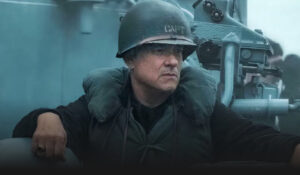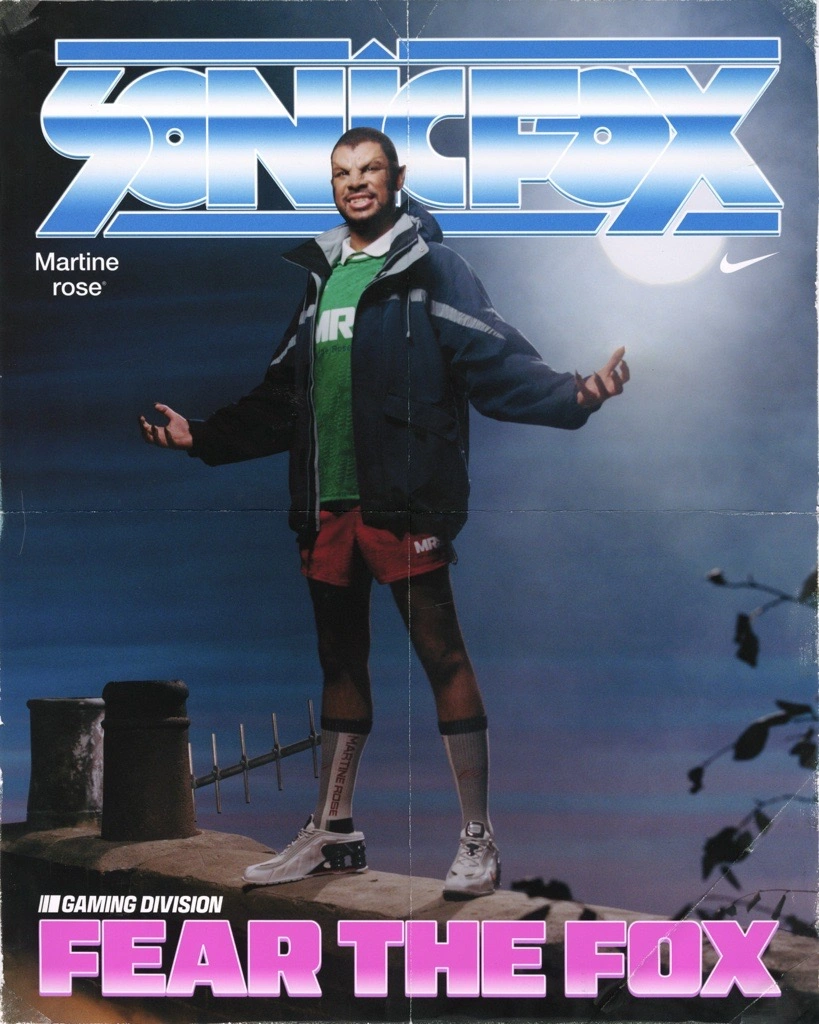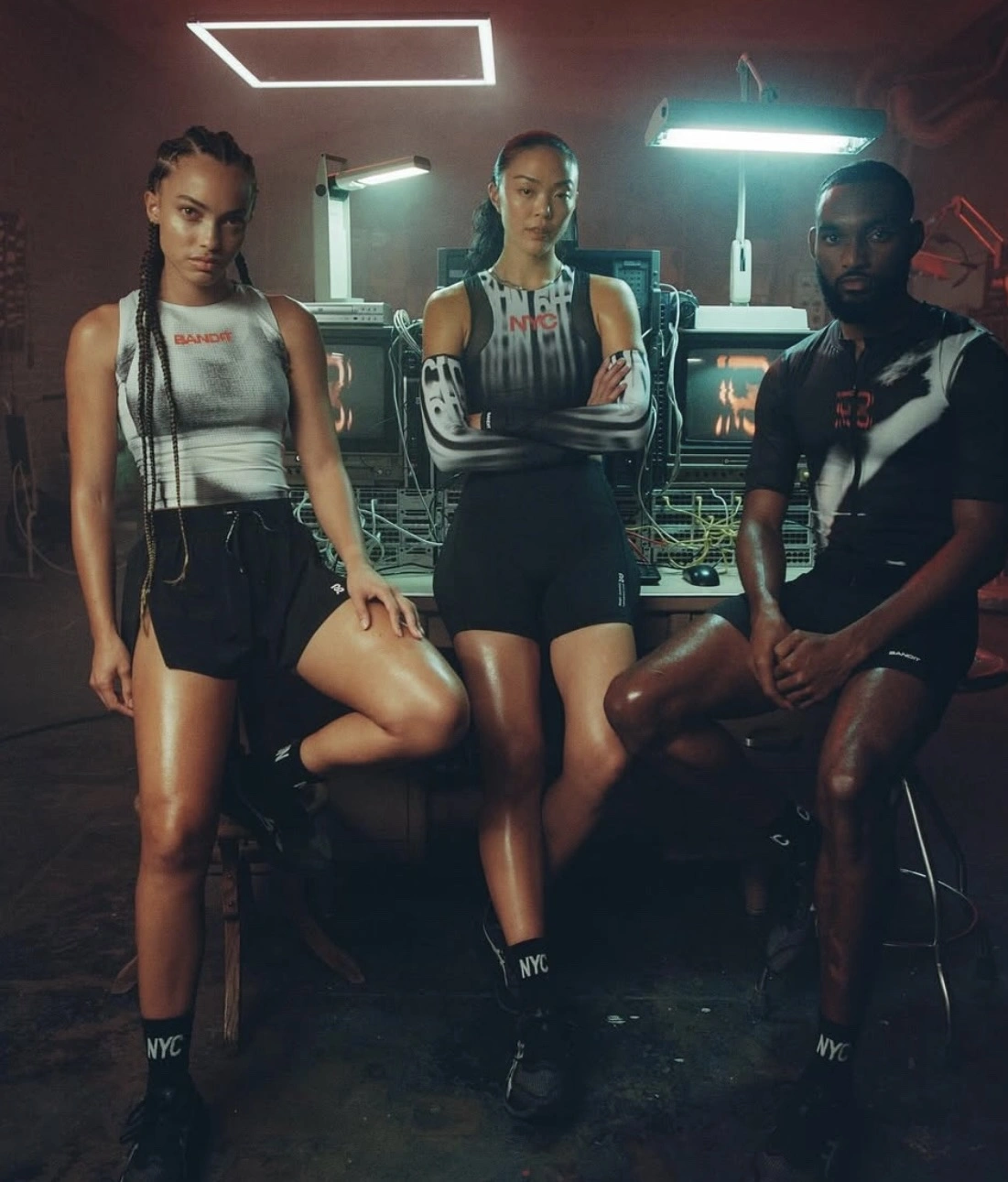In a cinematic world saturated with bombast and endless franchises, Greyhound stood out when it first launched on Apple TV+ in 2020. A lean, tense, and meticulously crafted World War II naval drama, it reasserted the power of focused storytelling. Now, Tom Hanks’ gripping maritime war epic is getting a surprise sequel, and for fans of Greyhound — and World War II cinema — it’s a major event.
After years of speculation and quiet development, filming is officially underway. New plot details have surfaced, suggesting the sequel will expand the story’s scope without losing the tight, claustrophobic tension that made the original so effective.
The Original: A Snapshot of Greyhound’ s Impression
Directed by Aaron Schneider and adapted by Tom Hanks from C.S. Forester’s 1955 novel The Good Shepherd, Greyhound chronicled 48 hours of hell in the Atlantic. Hanks portrayed Commander Ernest Krause, an untested U.S. Navy officer tasked with protecting a convoy of merchant ships against relentless German U-boat attacks.
What made Greyhound distinctive wasn’t just the wartime setting — that’s familiar cinematic ground — but its execution. It shunned sweeping emotional subplots, grandstanding dialogue, and narrative detours. Instead, it presented war as a nerve-shredding grind of decisions made under crushing pressure.
The film was a pandemic-era hit for Apple TV+, drawing some of the platform’s biggest viewership numbers to date. For all its modesty, Greyhound resonated because it understood something Hollywood often forgets: discipline is a storytelling weapon.
Sequel Development: Quiet Persistence
In 2022, reports surfaced that a sequel was in early development, but details were sparse. Was it a prequel? A standalone maritime adventure? Would Hanks even return, or would the project recast?
Now we know: Tom Hanks is back, both as star and screenwriter. According to early production reports, the sequel picks up less than a year after the events of the first film, with Krause now a hardened, battle-tested commander assigned to an even more perilous mission — shepherding a vital but badly outgunned Allied convoy through the newly intensified Atlantic theater.
Stephen Graham, Rob Morgan, and Elisabeth Shue are also confirmed to return, although their screen time and character arcs are being kept under wraps for now. New cast members, including a British intelligence officer and a rival U.S. commander, are expected to play significant roles.
Plot: A Darker, Broader Battle
The sequel (working title: Greyhound: Dark Waters) doesn’t simply rehash the first film’s beats. This time, Krause’s convoy faces not just German U-boats, but a multi-pronged Axis threat, including long-range Luftwaffe bombers and radar-jamming technology that blinds Allied ships.
Krause’s mission is to lead a ragtag fleet — composed of battered warships, merchant vessels low on fuel, and a few inexperienced British escorts — across a stretch of Atlantic waters nicknamed “The Black Pit.” No air cover, no reinforcements, and critical supplies desperately needed in Britain hanging in the balance.
The central tension, early reports suggest, is psychological as well as physical. Krause, once racked with self-doubt, now grapples with command isolation — the burden of sending men to their deaths, of making cold strategic decisions against an enemy growing smarter and more ruthless.
Themes: Leadership Under Siege
Tom Hanks has hinted in interviews that the sequel will lean harder into the loneliness of leadership. Where the first Greyhound focused on Krause’s internal moral compass and religious devotion under fire, Dark Waters aims to explore what happens when even a good man starts to erode under the weight of constant warfare.
It’s a classic sequel strategy: deepen, don’t widen. Don’t just give audiences a bigger convoy or louder torpedoes. Give them a commander haunted not by fear of death, but by the choices survival demands.
There’s also a broader meditation at play — about technology’s changing role in warfare. Radar, sonar, encrypted communications: all tools that promised clarity but often sowed confusion in the fog of war. In Dark Waters, these technologies become double-edged swords.
Directorial Vision: Schneider Returns
Aaron Schneider returns to direct, a decision that will reassure fans concerned about tonal drift. Schneider’s control of Greyhound was masterful: tight, immersive, and deeply respectful of the naval procedural realities. His style — favoring tactile realism over CGI spectacle — is critical to keeping Dark Waters grounded.
The sequel reportedly uses the same hybrid filming techniques: practical ship sets enhanced by digital water effects, rather than relying on green-screen fakery. The goal is to maintain the immersive physicality that made the first film so authentic.
Cinematographer Shelly Johnson (Captain America: The First Avenger, Greyhound) is also back, promising a consistent visual language — steel-grey seas, claustrophobic interiors, stark lighting — that feels both beautiful and brutal.
Apple TV+’s Stakes: More Than Nostalgia
For Apple TV+, Greyhound: Dark Waters isn’t just a prestige sequel — it’s a strategic play. Streaming platforms are desperate for recognizable brands that carry real cultural weight. Unlike endless superhero spinoffs or nostalgia reboots, Greyhound’s sequel signals a different bet: that intelligent, adult storytelling can still move the needle.
Apple is reportedly pouring significant budget into the sequel, with enhanced production values and an aggressive global marketing plan. They see Greyhound not as a one-off success, but as the foundation of a tentpole war franchise that values character and historical accuracy as much as spectacle.
Challenges: Will the Formula Hold?
There’s always a risk when expanding a contained story. Greyhound‘s original power came from its compression — a few days, one convoy, one ship’s-eye view. Stretching the narrative wider could dilute the tension if not handled carefully.
Moreover, while Hanks’ star power is undiminished, the broader viewing audience has changed since 2020. Post-pandemic streaming fatigue, shifting viewing habits, and the rise of TikTok-accelerated attention spans mean that even well-made adult dramas struggle to command the cultural center anymore.
Dark Waters needs to deliver not just more action, but more humanity, if it wants to replicate or exceed the first film’s impact.
What’s Next: Release Timeline and Hype
Filming for Greyhound: Dark Waters is underway in Malta and select locations off the U.K. coast, using a combination of real naval vessels and custom-built sets. Principal photography is expected to wrap by late 2025, setting the film up for a summer 2026 premiere.
While an exact release date hasn’t been announced, insiders expect Apple to position it for awards season consideration, much like they did with the original.
The first teaser trailer is rumored to drop by the end of 2025, likely attached to other major Apple TV+ releases to build cross-platform momentum.
Flow
In a landscape littered with half-hearted sequels and soulless reboots, Greyhound: Dark Waters looks poised to buck the trend. It’s helmed by the same disciplined creative team, headlined by a committed Tom Hanks, and driven by a clear understanding of what made the first film resonate.
If Dark Waters can deepen Krause’s journey without bloating the scope beyond control, it could deliver one of the rarest cinematic experiences today: a sequel that actually earns its existence.
The Atlantic calls again — darker, deadlier, and more urgent than before. Commander Krause, battle-worn but unbroken, is ready to answer.
And this time, so are we.
No comments yet.









